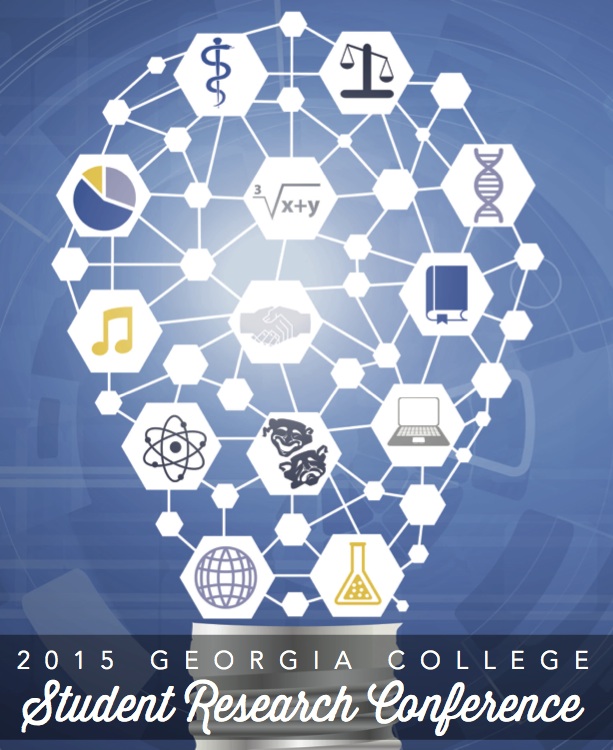Forensic Collection of Trace Chemicals from Glass
Abstract
The project goal is to apply forensic chemistry techniques in an organic laboratory course to further engage and educate the students. Actual forensic sampling techniques, such as swabbing with cotton will be employed by the students. The laboratory will imitate a chemical Òspill.Ó A piece of glass will be divided into a grid format, with each student having a sector. Chemicals similar in structure to chemicals commonly found in crime scenes will be used, however the exact compounds found in forensics would be unsafe or illegal. After swabbing the glass, liquid-liquid extraction will be performed with acetone as a solvent. Samples will be prepared with an internal standard and be tested with gas chromatography /mass spectrometry (GC/MS). GC/MS will help quantify and identify the chemicals used. By combining their data, students in the lab will be able to recreate the ÒspillÓ to find which compounds were found within the grid. The laboratory will help teach concepts such as liquid-liquid extraction, functional groups, and spectral interpretation (GC/MS).
Session Name:
Poster Presentation Session #1 - Poster #61
Start Date
10-4-2015 11:30 AM
End Date
10-4-2015 12:15 PM
Location
HSB 3rd Floor Student Commons
Forensic Collection of Trace Chemicals from Glass
HSB 3rd Floor Student Commons
The project goal is to apply forensic chemistry techniques in an organic laboratory course to further engage and educate the students. Actual forensic sampling techniques, such as swabbing with cotton will be employed by the students. The laboratory will imitate a chemical Òspill.Ó A piece of glass will be divided into a grid format, with each student having a sector. Chemicals similar in structure to chemicals commonly found in crime scenes will be used, however the exact compounds found in forensics would be unsafe or illegal. After swabbing the glass, liquid-liquid extraction will be performed with acetone as a solvent. Samples will be prepared with an internal standard and be tested with gas chromatography /mass spectrometry (GC/MS). GC/MS will help quantify and identify the chemicals used. By combining their data, students in the lab will be able to recreate the ÒspillÓ to find which compounds were found within the grid. The laboratory will help teach concepts such as liquid-liquid extraction, functional groups, and spectral interpretation (GC/MS).



